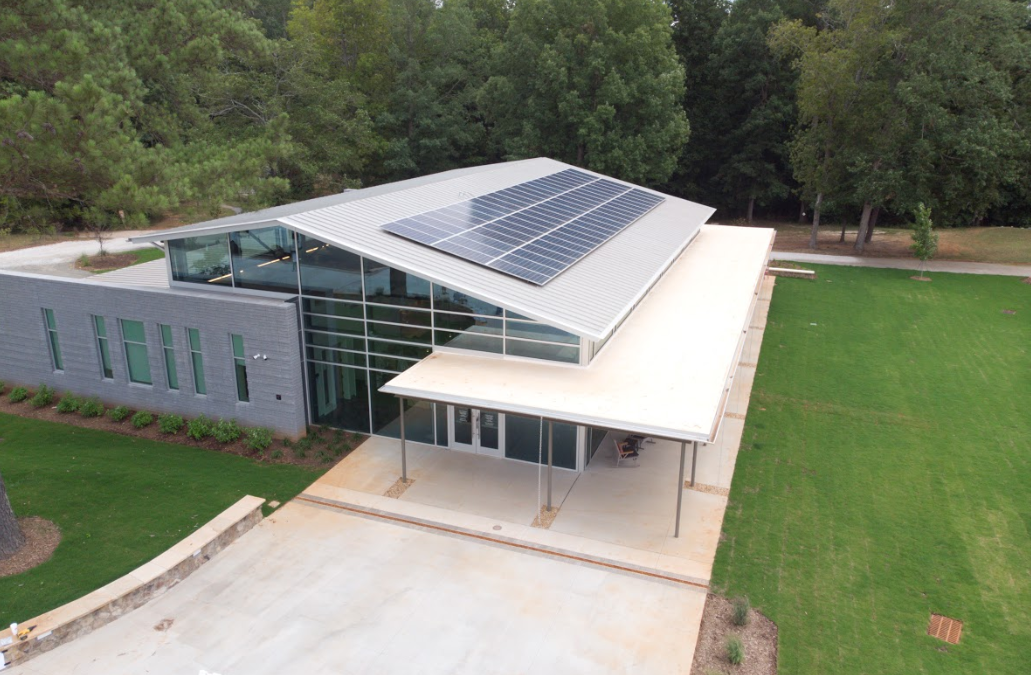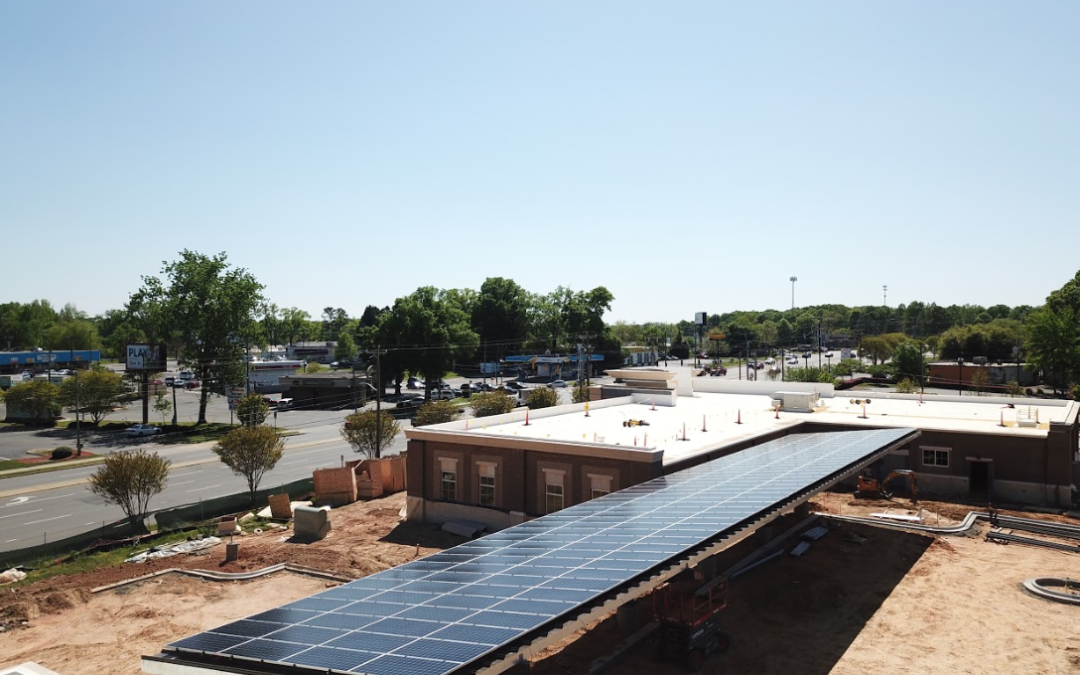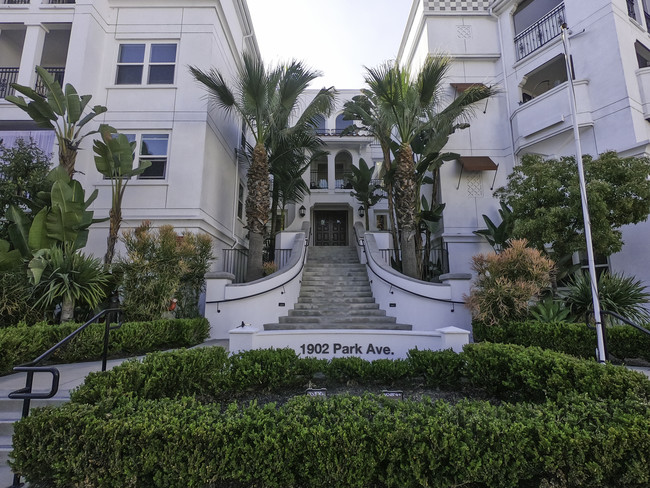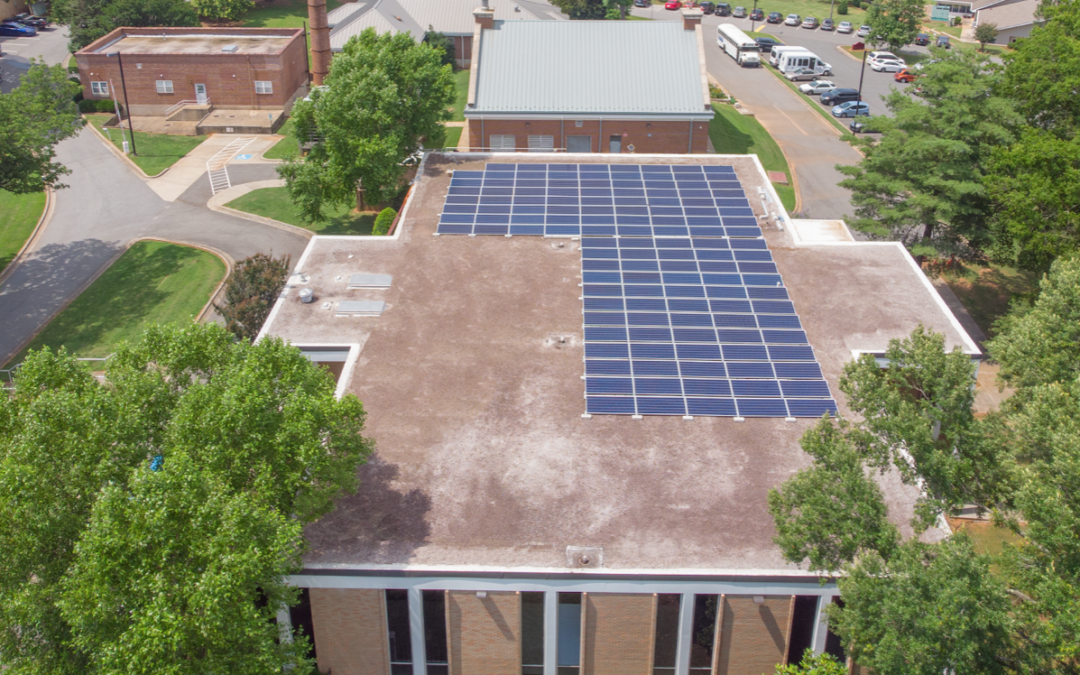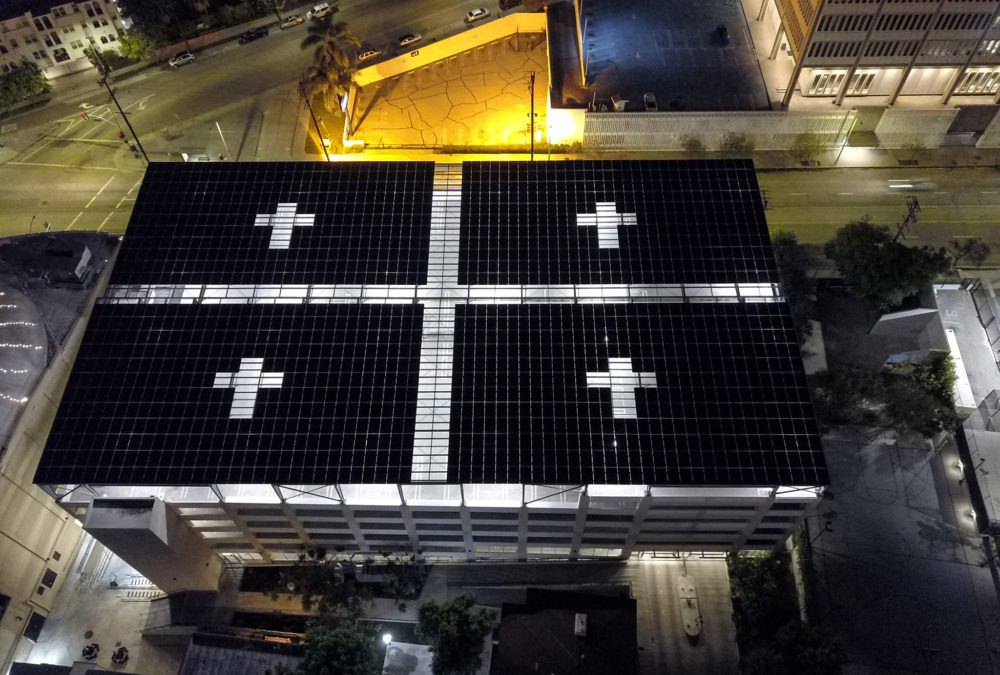
Angelus Temple
CASE STUDY: Angelus Temple

Los Angeles
California

521 kW
System Size

Thousands
SAVED IN THE
FIRST YEAR
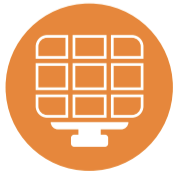
1,447 PANELS
Sunpower 360 W PANELS
The Partner
In 2017 Angelus Temple, located in California, made the decision to go solar! Angelus Temple is the International Church of the Foursquare Gospel’s oldest church. They are of penecostal denomination and have greatly expanded into all 50 states, reaching many people, since their beginning in 1923.
The Challenge
Angelus Temple is a meaningful landmark that is rich with history; and continues to make important strides in the present. In 2017 they acknowledged the urgency of one of the modern world’s biggest challenges, climate change. This inspired them to establish new environmental initiatives for the church, because they recognized that it is a problem that affects everyone and needs to be managed. So they wanted to do their part!
While sustainability was their main concern, they also wanted to look for ways to save money and lower their monthly expenses. After deliberation, they decided that solar energy seemed like the best option that could encompass both of their goals.
The RENU Solution
They officially decided to move forward with a solar project after learning that they would be able to fit a substantial 521kW system on their 7 story parking structure. This sized system is quite large which allows them to have a significant impact on the environment and their monthly utility costs. Because of these savings, they are be able to put these savings to better use with the individual churches and the Foursquare Foundation’s multitude of efforts and programs.

